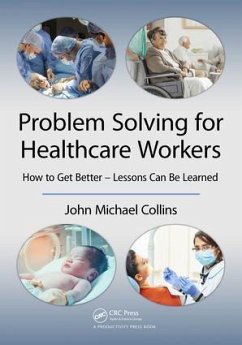While most healthcare facilities have an extremely high success rate at the most challenging lifesaving work and we all know of friends and relatives who have had supreme care, mistakes are still made and patients' lives have been put at risk and lost. How often have we heard politicians say after some disastrous report, "Lessons must be learned", but what does this really mean. Will responsible parties carry out a careful cause and effect analysis and methodically get to the root causes of the problem? Will sufficient steps be taken to permanently eradicate those causes and provide a permanent solution so that the problem will not reoccur? This is what is done in the aviation industry with the result that air travel is very safe. The low accident rate is achieved by studying the causes and using the methods of continuous improvement explained in this book. These methods are now becoming better known in the medical profession have been recommended in recent reports but are perhaps misunderstood at operational levels. This book is a basic level manual for those who have never been involved in any form of quality improvement project and is also suitable as a refresher for anyone wishing to familiarize themselves with the various techniques discussed. The aim of this book is to explain what continuous improvement is and why it's needed; explain how individual departments can explain how and why continuous improvement is important, and helps readers recognize quality control methods in their own workplace and understand how to contribute to existing continuous improvement activities. While many of the case studies and examples are from the NHS, the author includes similar examples from around the world.
Bitte wählen Sie Ihr Anliegen aus.
Rechnungen
Retourenschein anfordern
Bestellstatus
Storno









